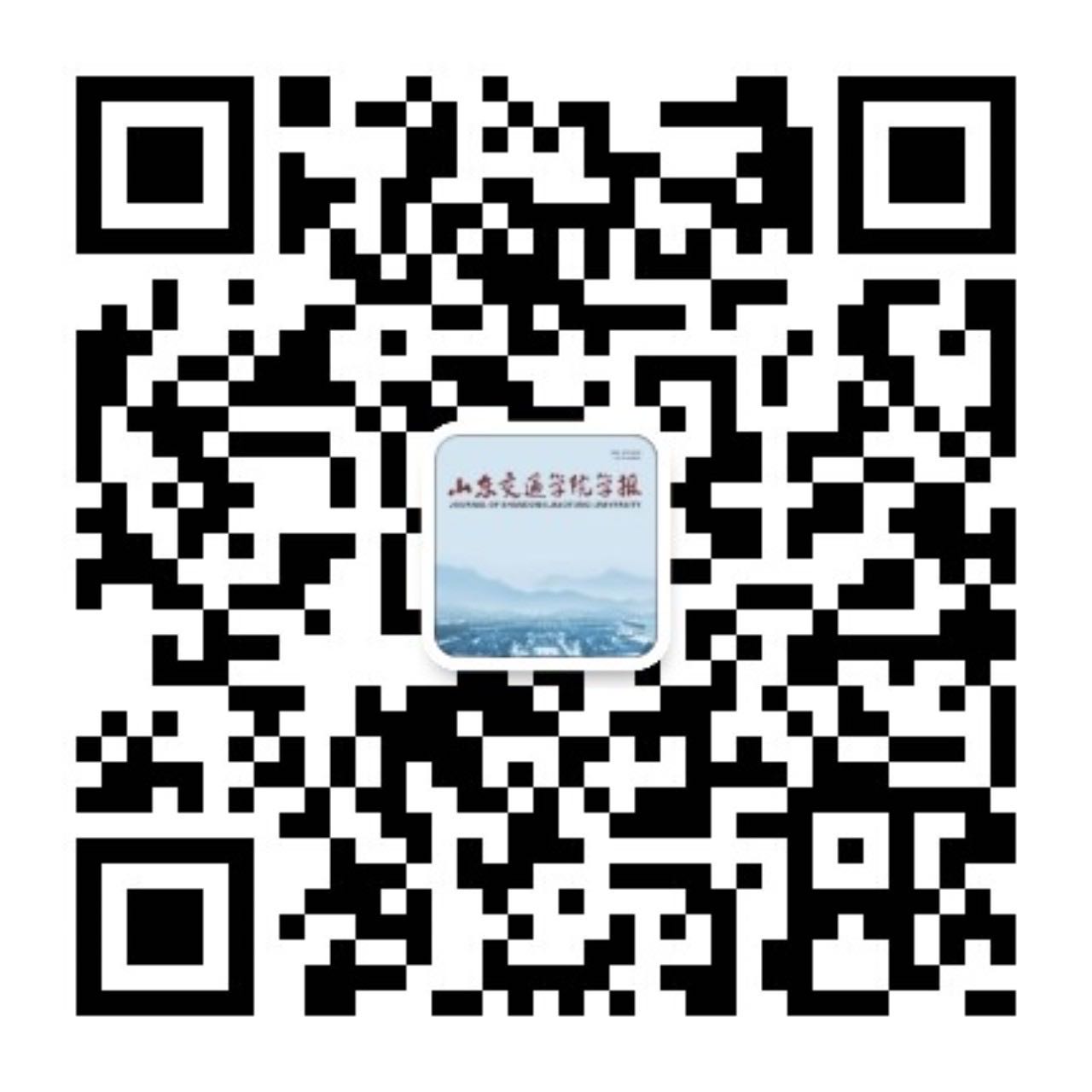闽粤琼沿海地区旅游交通碳排放测度与驱动因素分析
张静怡,曹德浩,刘华琼*
山东交通学院交通与物流工程学院,山东 济南 250357
摘要:为分析闽粤琼沿海地区旅游交通碳排放的动态特征与驱动机制,基于闽粤琼沿海地区2012—2022年的面板数据,采用自下而上法测算闽粤琼沿海地区公路、铁路、民航、水路4种交通方式的旅游交通碳排放量,并分析其动态演变趋势;将Kaya恒等式与对数平均迪氏指数(logarithmic mean Divisia index,LMDI)分解法相结合,分析旅游者规模、旅游产业贡献度、旅游消费水平、旅游交通运输强度、能源强度、能源结构等6个驱动因素的影响效应及对旅游交通碳排放变化量的贡献率。结果表明:闽粤琼沿海地区2012—2022年旅游交通碳排放量呈先增长后减少的趋势,民航是旅游交通的主要碳排放源,其排放量占旅游交通碳排放量的82.00%;游客人均碳排放量逐年减小,年均增长率为-13.80%,碳排放的增长速度低于游客的增长速度;促进旅游交通碳排放增长的主要影响因素有旅游者规模、旅游产业贡献度、能源强度及能源结构,累积贡献率分别为91.88%、252.63%、356.79%、27.75%,抑制旅游交通碳排放增长的主要影响因素有旅游消费水平、旅游交通运输强度,累积贡献率分别为-87.01%、-542.04%。
关键词:旅游交通;碳排放;LMDI;驱动因素;闽粤琼沿海地区
Measurement and driving factors analysis of tourism transportation carbon emissions in Fujian-Guangdong-Hainan coastal regions
ZHANG Jingyi, CAO Dehao, LIU Huaqiong*
School of Transportation and Logistics Engineering, Shandong Jiaotong University, Jinan 250357, China
Abstract: To analyze the dynamic characteristics and driving mechanisms of tourism transportation carbon emissions in Fujian-Guangdong-Hainan coastal regions, based on the panel data of Fujian-Guangdong-Hainan coastal regions from 2012 to 2022, the carbon emissions of tourism transportation by four modes of transportation, namely road, railway, civil aviation and waterway, are calculated using the bottom-up approach, and their dynamic evolution trends are examined. Combining the Kaya identity and the logarithmic mean Divisia index (LMDI) decomposition method, evaluates the impact and contribution rates of six driving factors: tourist scale, tourism industry contribution, tourism consumption level, tourism transportation intensity, energy intensity, and energy structure. The results show that from 2012 to 2022, tourism transportation carbon emissions in Fujian-Guangdong-Hainan coastal regions initially increased and then decreased overall. Aviation is the primary source of tourism transportation carbon emissions, accounting for 82.00% of the total. Per capita carbon emissions from tourists decline annually, with an average annual growth rate of -13.80%, indicating that carbon emissions grow at a slower rate than tourist numbers. The main factors promoting tourism transportation carbon emissions are tourist scale, tourism industry contribution, energy intensity, and energy structure, with cumulative contribution rates of 91.88%, 252.63%, 356.79%, and 27.75%, respectively. The key factors inhibiting carbon emissions growth are tourism consumption level and tourism transportation intensity, with cumulative contribution rates of -87.01% and -542.04%, respectively.
Keywords: tourism transportation; carbon emissions; LMDI; driving factors; Fujian-Guangdong-Hainan coastal regionns



